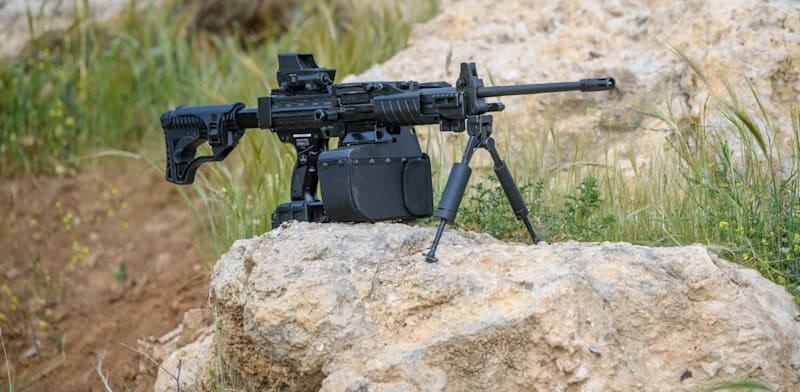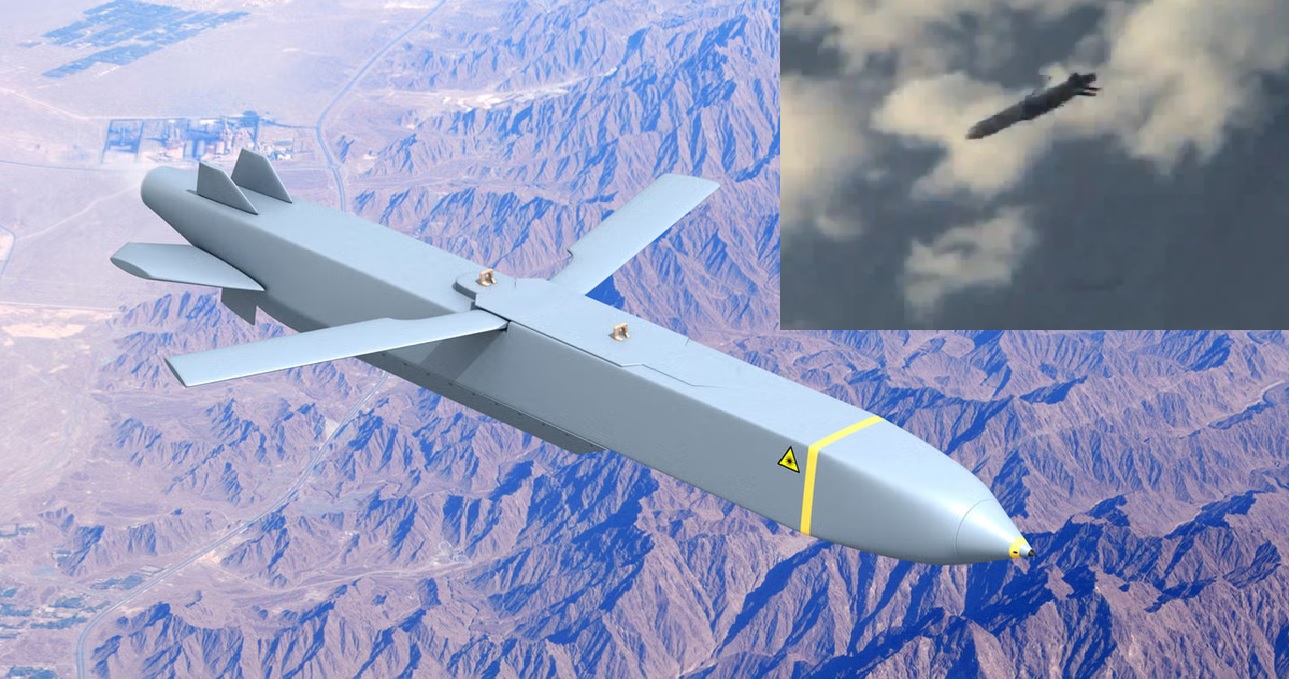North Korea's Military Might: A Closer Look at Its Power and Global Alliances

North Korea, often characterized by its reclusive nature and aggressive military posturing, possesses one of the largest militaries in the world. Recent reports have intensified interest in its military capabilities and international partnerships, particularly in light of accusations that North Korea has dispatched thousands of troops to Russia for potential involvement in the Ukraine conflict. This move marks a significant potential overseas deployment for the North Korean military since the Vietnam War, raising questions about the country's military influence and its historical collaborations.
The Scale of North Korea's Military
The Korean People's Army (KPA) stands as a formidable force, boasting an estimated 1.3 million active personnel, making it one of the largest military organizations globally, second only to countries like China and the United States. In addition to active troops, North Korea has around 600,000 reservists and approximately 5.7 million in the Worker/Peasant Red Guards. This massive reserve gives the country a substantial manpower pool, reinforcing its military readiness.
The KPA comprises various branches, including the army, air force, navy, and strategic forces equipped with ballistic missiles capable of carrying nuclear warheads. Conscription is mandatory for men aged 17 to 30, ensuring a continuous influx of personnel into the military ranks. The air force consists of about 110,000 personnel, while the navy includes around 60,000.
North Korea's Military Arsenal
North Korea's military strength is not only quantified by troop numbers but also by its arsenal. The country is recognized as one of the nine nations possessing nuclear weapons. Its missile development program has produced a variety of missiles, from short-range tactical options to intercontinental ballistic missiles (ICBMs) that can potentially reach the continental United States. Although much of North Korea's conventional military hardware is outdated, including over 6,900 tanks primarily derived from Soviet-era designs, the KPA continues to prioritize modernization and technological advancement.
The air force is equipped with more than 400 fighter aircraft, but many of these are aging and may not be combat-ready. Similarly, the Korean People's Army Naval Force (KPANF) has around 470 surface vessels and 70 submarines, which include antiquated models. Recent efforts have been made to enhance naval capabilities, introducing new technologies such as an underwater drone and missile submarines, indicating a strategic pivot towards naval power.
Military Partnerships: Historical Context
North Korea's military alliances have historically extended beyond its borders, establishing partnerships with various countries. Notably, during the Vietnam War, North Korea dispatched over 1,000 troops to assist North Vietnam, including pilots who engaged U.S. forces. The military cooperation aimed to bolster North Vietnam's efforts against the United States, which saw North Korea utilizing its air force effectively during the conflict.
In Egypt, North Korea provided military advisers and personnel during the Yom Kippur War in 1973, reflecting a commitment to support allied nations against perceived threats. This partnership stemmed from a military assistance pact forged by Kim Il Sung and Egypt’s Hosni Mubarak.
Similarly, in Libya, North Korea established a military alliance under Muammar Gaddafi, solidified by a ten-year treaty emphasizing mutual defense. The cooperation included training and military exchanges, with North Korea reportedly exploring ways to leverage Libya as a strategic location for its military interests.
Syria has long been a close ally, with North Korea playing a crucial role in developing missile technology and chemical weapons. Reports have emerged indicating that North Korean military personnel were actively involved in Syria's civil conflict, although these claims were often met with denials from Pyongyang.
The Current Landscape of Alliances
In recent years, North Korea's partnerships have evolved, particularly with Iran, where both nations, under international sanctions, have engaged in nuclear and missile development collaboration. Reports of technical exchanges and shared resources underscore a growing military relationship that could have profound implications for regional stability.
Africa has also seen North Korean involvement, particularly in nations like Zimbabwe and Uganda, where military training and arms sales have been prevalent since the Cold War. However, relations have soured in light of tightening U.N. sanctions, leading to reduced military cooperation in recent years.
North Korea's military capabilities and its network of alliances paint a complex picture of a nation striving to assert its influence despite its isolation. The potential deployment of troops to Russia marks a pivotal moment in its military strategy, hinting at a willingness to project power beyond its borders. As the world watches closely, the evolving dynamics of North Korea's military partnerships and capabilities will undoubtedly remain a focal point in international relations and security discussions.
This intricate web of military strength, historical collaborations, and current strategic moves underscores the critical role North Korea plays in the geopolitical landscape, raising important questions about the future of global security and stability.


